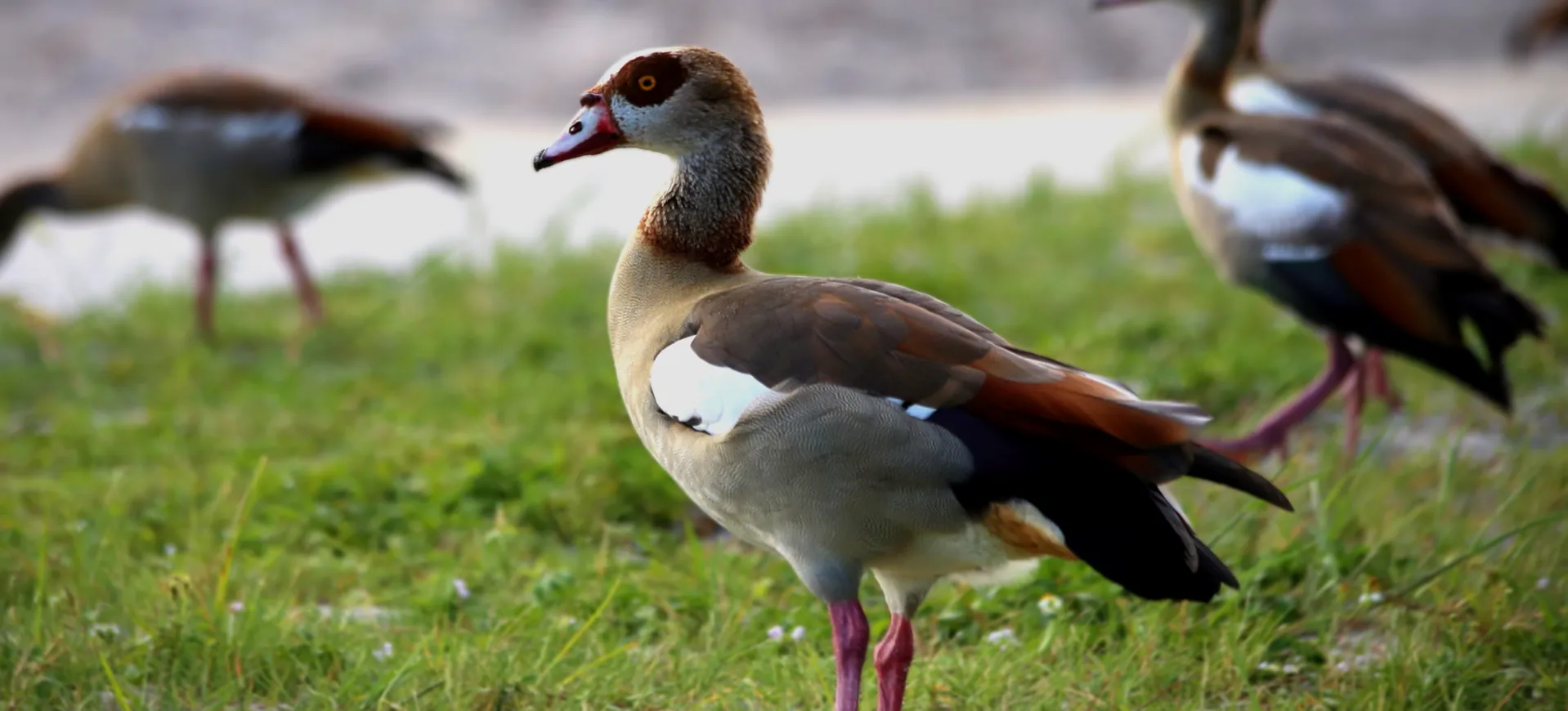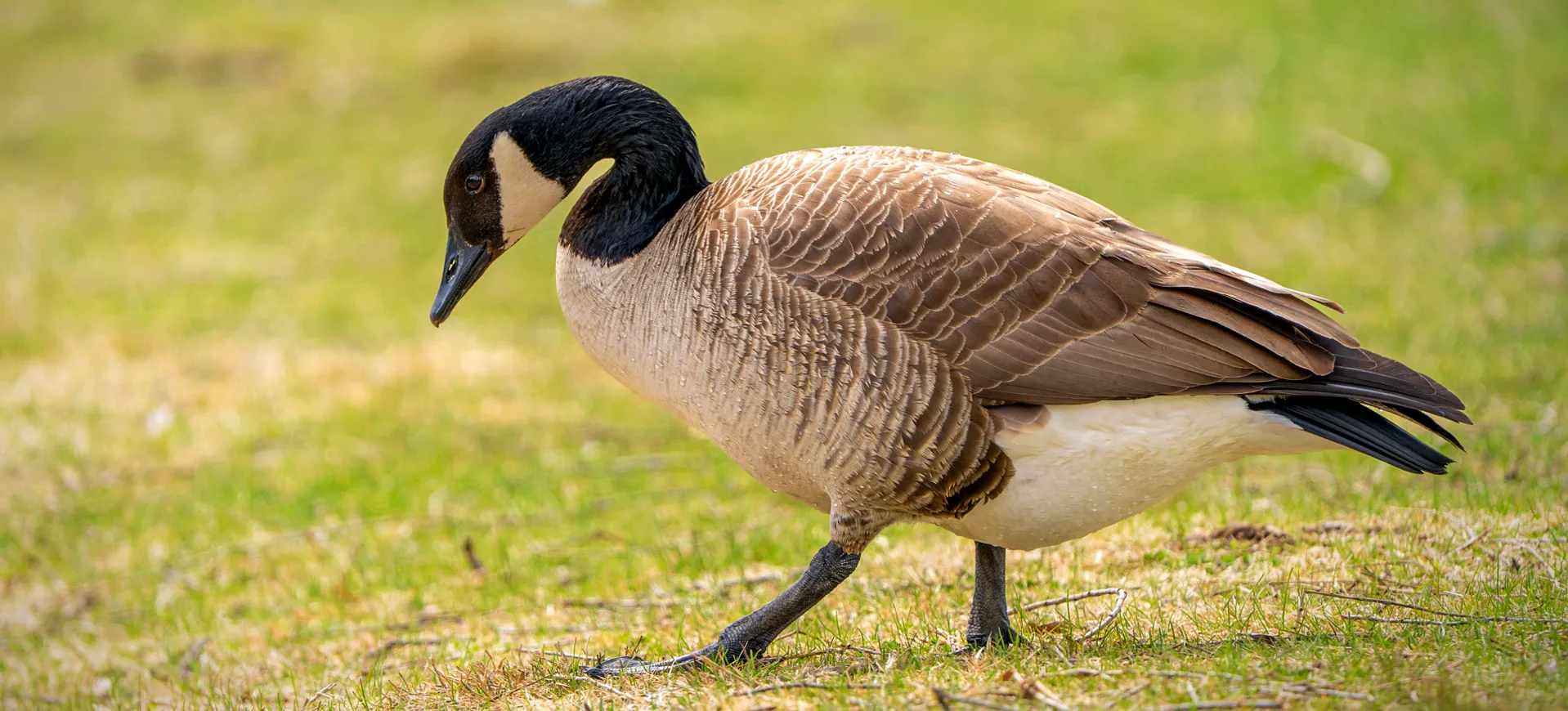Overview
The Pink-eared Duck, scientifically named Malacorhynchus membranaceus, is a small and distinctive waterfowl endemic to Australia. Characterized by its large, spatulate bill and the conspicuous pink patch behind each eye, from which it derives its common name, this duck presents a unique appearance. The body is adorned with striking black and white zebra-like stripes, providing camouflage in its aquatic habitat. Pink-eared Ducks are highly sociable birds, often seen in large flocks, especially during the dry season when they congregate around remaining water bodies.
These ducks exhibit fascinating feeding behavior; they are filter feeders, using their specialized bills to sift microorganisms and plankton from the water. They often feed in pairs, swimming in tight circles to create a whirlpool, which concentrates their food for easier collection. This cooperative behavior is a remarkable example of social feeding among birds. Pink-eared Ducks are nomadic, moving extensively across the Australian continent in response to the seasonal availability of water and food, showcasing their adaptability to varying environmental conditions.
Despite their nomadic nature, Pink-eared Ducks maintain strong pair bonds, with couples performing synchronized displays and calls reinforcing their relationship. These birds prefer freshwater lakes, swamps, and temporary pools for their habitats, relying on the presence of aquatic vegetation and abundant invertebrate populations. Their ability to exploit various water bodies, including those with high salinity, underscores their resilience and ecological versatility within Australia’s challenging landscapes.
Taxonomy
Kingdom
Phylum
Class
Order
Family
Genus
Species
Type
Physical Description:
The Pink-eared Duck is immediately recognizable by its elongated, spoon-shaped bill and the distinctive pink spot behind each eye, which is more vibrant in males and can vary in intensity. The body is covered in a unique pattern of black and white stripes, resembling a zebra’s, which extends across their back, wings, and flanks. This striping provides excellent camouflage among their habitat’s reeds and aquatic vegetation. Adults have a relatively uniform size and appearance, with little sexual dimorphism apart from the pink ear patch’s color intensity.
In addition to their striking plumage, Pink-eared Ducks have compact bodies and relatively short legs, suited for their life predominantly on the water. Their powerful wings are adapted for long-distance flight, enabling their nomadic lifestyle across Australia. Despite their small size, Pink-eared Ducks are adept at swimming and flying, demonstrating agility and efficiency in their movements. Their physical characteristics, especially the specialized bill, are key to their feeding strategy, allowing them to filter feed effectively in various aquatic environments.

Lifespan: Wild: ~5 Years || Captivity: ~10 Years

Weight: Male & Female: 0.9-1.1 lbs (400-500 g)

Length: Male & Female: 13-16 inches (33-40 cm)

Wingspan: Male & Female: 20-23 inches (50-58 cm)

Top Speed: 40 mph (64 km/h)
Characteristic:
Native Habitat:
Pink-eared Ducks are endemic to Australia, favoring freshwater habitats such as lakes, swamps, and marshes. They are highly adaptable, occupying brackish and saline environments, temporary water bodies, and man-made reservoirs. Their preference for shallow waters rich in aquatic vegetation and invertebrates aligns with their feeding habits and breeding requirements.
These birds are nomadic, responding to the changing water availability across the continent. This mobility allows them to exploit a range of habitats, from coastal inlets to inland wetlands, demonstrating a remarkable ability to adapt to Australia’s varied aquatic landscapes. Preserving these habitats is vital for the continued survival of the Pink-eared Duck, emphasizing the importance of water management and conservation initiatives.
Biomes:
Biogeographical Realms:
Continents:
Countries:
Diet:
Diet & Feeding Habits:
Pink-eared Ducks are specialized filter feeders, primarily consuming algae, seeds, and small invertebrates. Their unique bill is equipped with fine lamellae, allowing them to efficiently sift food from the water. This adaptation is particularly useful in their often turbid and variable habitats. They typically feed by creating whirlpools with their partner, concentrating food particles for easier collection, a unique and fascinating behavior.
These ducks are known to feed at any time of day, with activity peaks at dawn and dusk. Their diet can vary seasonally and geographically, depending on the availability of food sources in their habitat. The ability to exploit a range of aquatic environments for feeding, including temporary water bodies, highlights their adaptability and the ecological niche they occupy. Conservation efforts for their habitats are crucial, as these support the diverse microfauna and flora essential to the Pink-eared Duck’s diet.
Mating Behavior:
Mating Description:
Pink-eared Ducks form monogamous pair bonds that can last for several breeding seasons, displaying high levels of fidelity. Their courtship involves intricate behaviors, including synchronized swimming and calling, strengthening the pair’s bond. Nesting usually occurs in dense vegetation near water, where the female lays eggs that both parents protect and incubate.
The breeding season is closely tied to water and food availability, often occurring after significant rainfall when wetland habitats are at their peak. The success of their reproductive efforts is highly dependent on the condition of their aquatic environment, making the conservation of these areas crucial. Pink-eared Ducks have adapted to breed in response to unpredictable water availability, showcasing their resilience and flexibility in the face of environmental variability.
Reproduction Season:
Birth Type:
Pregnancy Duration:
Female Name:
Male Name:
Baby Name:
Social Structure Description:
Pink-eared Ducks are highly social birds, often found in large flocks outside the breeding season. These aggregations can number in the thousands, especially in areas where water is scarce, demonstrating their gregarious nature. Pink-eared Ducks engage in cooperative feeding and display behaviors within flocks, highlighting their complex social interactions.
During the breeding season, however, they become more territorial and pair-oriented, focusing on nesting and raising their young. The strong pair bonds formed between individuals are a key aspect of their social structure, with pairs often remaining together for multiple breeding seasons. This social flexibility allows Pink-eared Ducks to adapt to the varying conditions of their habitats, from solitary nesting to forming large, communal flocks.
Groups:
Conservation Status:
Population Trend:
The pink-eared duck is currently classified as least Concerning by the IUCN, with a stable population trend. This status is supported by their wide distribution and ability to adapt to varying environmental conditions across Australia. Continuous monitoring is essential to ensure that habitat quality or water availability changes do not negatively impact their populations.
Conservation efforts focus on protecting wetland habitats, crucial for the ducks’ feeding, breeding, and social behaviors. The species benefits from environmental policies and management practices that aim to preserve the integrity of Australia’s freshwater ecosystems. However, the Pink-eared Duck’s resilience does not diminish the importance of addressing threats such as habitat degradation and climate change.
Population Threats:
The main threats to Pink-eared Ducks include habitat loss due to agricultural expansion, urbanization, and water diversion for irrigation. Wetland degradation, resulting from pollution and invasive species, also poses significant risks to their habitats. Climate change impacts, such as altered precipitation patterns and increased evaporation rates, threaten the availability of suitable wetlands, affecting their food sources and breeding opportunities.
Conservation strategies are in place to mitigate these threats, emphasizing habitat preservation and the sustainable management of water resources. Public awareness and involvement in wetland conservation are crucial for protecting the diverse ecosystems that support Pink-eared Ducks and many other species.
Conservation Efforts:
Conservation initiatives for Pink-eared Ducks include habitat protection and restoration, aiming to safeguard and enhance the quality of wetland ecosystems. These efforts are supported by legislation and land management practices prioritizing water conservation and biodiversity protection. Research and monitoring programs contribute to a better understanding of their ecological needs and inform conservation planning.
Community engagement and education play vital roles in conservation, raising awareness of the importance of wetlands and the species they support. International cooperation is also essential, as migratory waterfowl depend on a network of habitats across their range. The collective action towards wetland conservation benefits Pink-eared Ducks and countless other species reliant on these critical habitats.
Additional Resources:
Fun Facts
- Pink-eared Ducks can extract up to a quarter of their body weight in food each day through their specialized filter-feeding technique.
- They are one of the few duck species that can drink saline water, allowing them to inhabit a wider range of habitats.
- Despite their name, the pink patch behind the duck’s eye is not always visible, depending on the angle and lighting.
- Their zebra-like striping is not just for show; it provides excellent camouflage in the rippling water and reedy environments.
- Pink-eared Ducks have been observed using their bills to skim the water’s surface, creating bubbles that likely help concentrate their prey.
- They are known for their nomadic lifestyle, capable of flying hundreds of miles in search of suitable wetlands.
- The cooperative feeding strategy of swimming in circles is unique to this species, showcasing their social nature.
- Unlike many waterfowl, Pink-eared Ducks rarely dive; their feeding is done entirely at the surface.
- Their vocalizations include a variety of whistles and calls used for communication within pairs and larger flocks.
- Conservation efforts for Pink-eared Ducks also benefit many other species that share their wetland habitats, highlighting the interconnectedness of ecosystems.
















































































